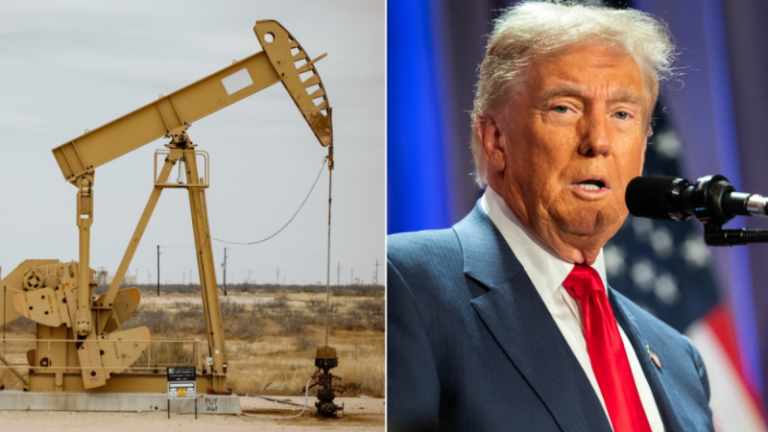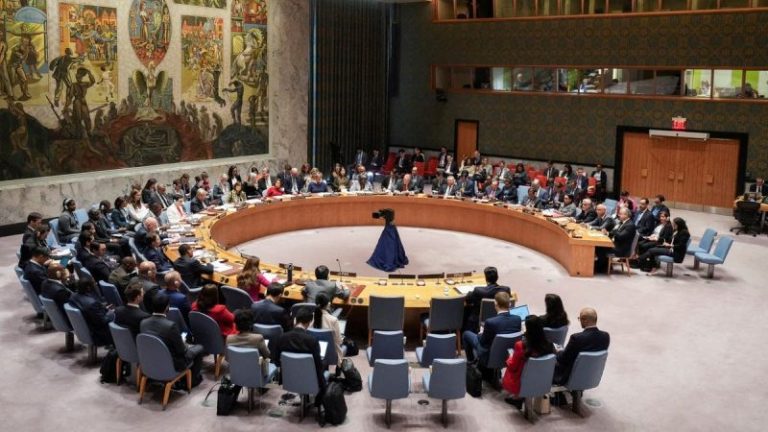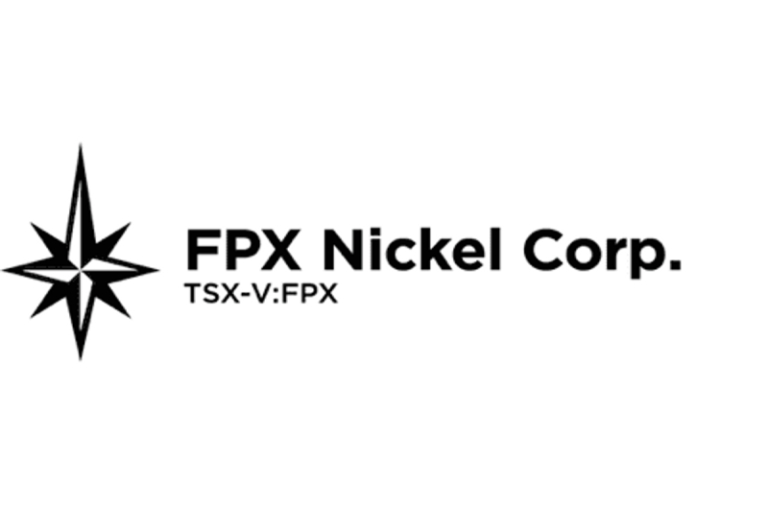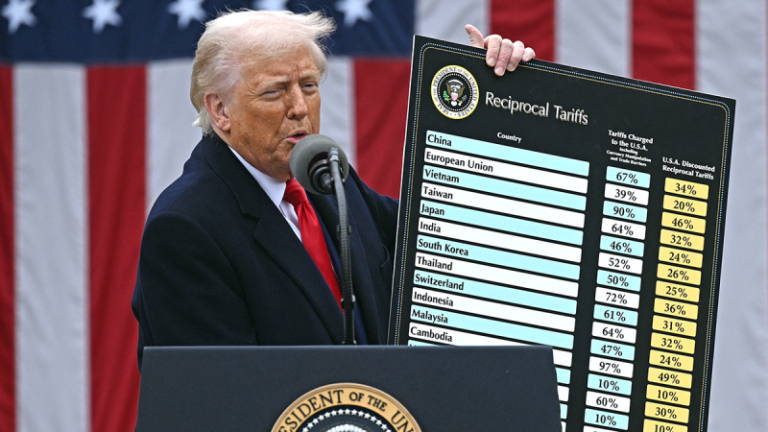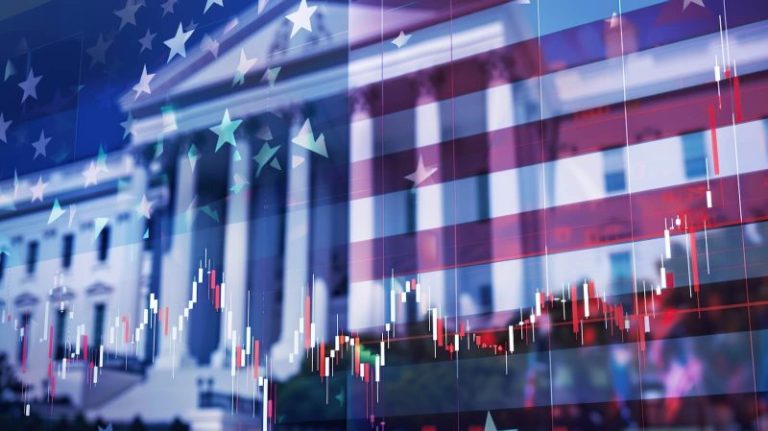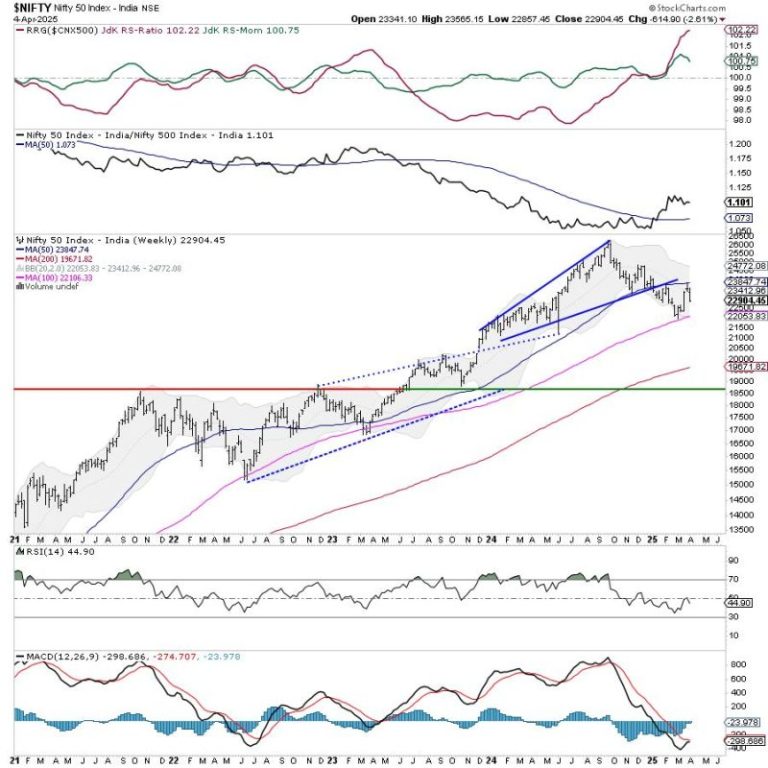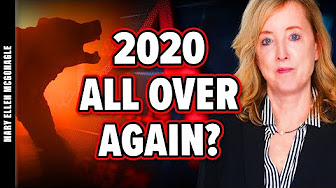Monica Lewinsky has been welcomed with open arms by the Hollywood elite decades after her affair scandal with then President Bill Clinton in the ’90s.
Lewinsky, who has been in the public eye since 2017, attended George Clooney’s star-studded Broadway premiere of ‘Good Night, and Good Luck’ in New York City on April 3.
While smiling for pictures before the event, Lewinsky wore a strapless, asymmetrical black gown that had ruffle detailing at the bottom. She paired her look with black heels and styled her hair down.
Several A-listers attended Clooney’s big Broadway premiere. Cindy Crawford attended the show with her husband, Rande Gerber, and daughter Kaia.
Hugh Jackman, Uma Thurman, Jennifer Lopez and Julianna Margulies were also photographed at the event.
Nearly three decades ago, Lewinsky, who was a former White House intern while Clinton was president, had an affair with the former president. Clinton subsequently had an impeachment trial that came about in December 1998.
The president was 49 at the time of the incident. Lewinsky was 22. Following the scandal, Clinton was acquitted. After a few public appearances in an attempt to reinvent herself, Lewinsky disappeared from the spotlight in the mid-2000s.
In 2017, Lewinsky emerged back into the limelight and began writing for Vanity Fair. Now, according to its website, she is a contributing editor.
‘She is an anti-bullying social activist, global public speaker, and producer with her company, Alt Ending Productions,’ the outlet states.
Her latest story for the outlet was on March 31, and before that was an article published before the 2024 presidential election.
In January, Lewinsky launched her own podcast, ‘Reclaiming with Monica Lewinsky.’
The synopsis of her show states, ‘Every week, I’ll draw from my own unique experiences (like say, surviving a global scandal at 24 years old), and delve into the personal and often messy ways people find their way back to themselves.’
Since launching, Lewinsky has had Olivia Munn, ‘Wicked’ director Jon M. Chu and Tony Hawk on her podcast.
At the 2025 Vanity Fair Oscar party, Lewinsky posed with Munn and her husband, John Mulaney, for a photo.
A month after launching her own podcast, Lewinsky was a guest on the ‘Call Her Daddy’ podcast, which was then topping the charts.
During the appearance in February, podcast host Alex Cooper asked Lewinsky how she thought the media should have covered her scandal in the ’90s.
‘I think that the right way to handle a situation like that would have been to probably say it was nobody’s business and to resign, or to find a way of staying in office that was not lying and not throwing a young person who is just starting out in the world under the bus,’ Lewinsky said.
Beyond her own life falling apart, Lewinsky explained how her scandal affected women everywhere.
‘I think there was so much collateral damage for women of my generation to watch a young woman be pilloried on a world stage, to be torn apart for my sexuality, for my mistakes, for my everything,’ Lewinsky said.
‘I think there was so much collateral damage for women of my generation to watch a young woman be pilloried on a world stage, to be torn apart for my sexuality, for my mistakes, for my everything.’
In 2021, Lewinsky told People magazine that she has found the courage to examine what occurred ‘between the most powerful man in the world and an unpaid intern less than half his age.’
‘For me, at 22, there was this combination of the awe of being at the White House, the awe of the presidency and the awe of this man who had an amazing energy and charisma was paying attention to me,’ she explained. ‘I was enamored with him, like many others. He had a charisma to him, and it was a lethal charm, and I was intoxicated.’
‘I think there are a lot of people who might find themselves in these situations,’ she continued. ‘It might be a professor or a boss, your immediate supervisor at your job. We think we’re on his terra firma in our early 20s, and yet we’re really on this quicksand. [You think], I’m an adult now. It didn’t matter that I couldn’t get a rental car without a parental signature.’
At the time, Lewinsky was a producer of ’15 Minutes of Shame’ on HBO Max, which explored cancel culture. Lewinsky insisted she no longer needed an apology from Clinton.
‘If I had been asked five years ago, there would have been a part of me that needed something, that still wanted something,’ she said. ‘Not any kind of relationship, but a sense of closure or maybe understanding. And I feel incredibly grateful not to need any of that.’
Lewinsky told the outlet at the time that she hoped her story would spark discussion about the dynamics between men in power and those without it.
‘As we all came to see, it wasn’t just about losing a job but about the power to be believed, the power to be inoculated from the press, the power to have others smear someone’s reputation in all the ways that work, the power to understand consequence having held many important jobs where this was my first out of college,’ she said.



